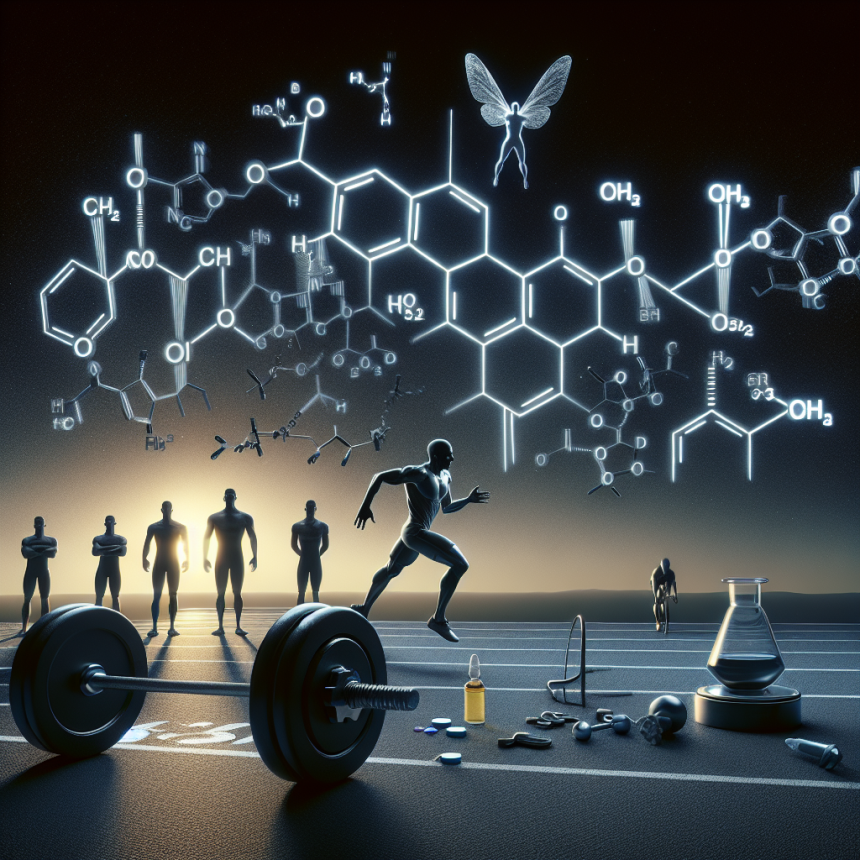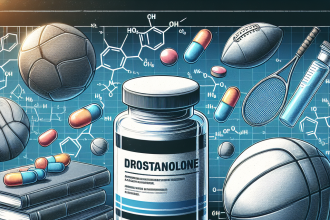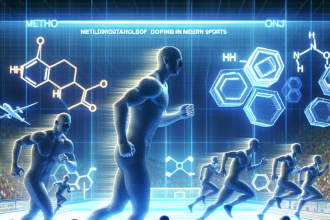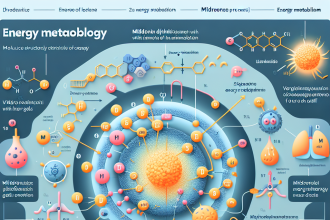-
Table of Contents
Mibolerone in Sports Doping: Not to Underestimate
The use of performance-enhancing drugs in sports has been a controversial topic for decades. Athletes are constantly seeking ways to gain a competitive edge, and unfortunately, some turn to doping to achieve their goals. One such drug that has gained attention in the world of sports doping is mibolerone. This synthetic androgenic steroid has been used by athletes to increase strength, aggression, and muscle mass. However, its potential for abuse and serious side effects cannot be ignored. In this article, we will delve into the pharmacology of mibolerone and its impact on sports performance.
The Pharmacology of Mibolerone
Mibolerone, also known as cheque drops, is a synthetic androgenic steroid derived from nandrolone. It was initially developed for veterinary use to prevent estrus in female dogs. However, it has also been used in the bodybuilding and powerlifting communities due to its potent androgenic effects. Mibolerone is available in oral form and has a short half-life of approximately 4 hours (Kicman, 2008). This short half-life makes it difficult to detect in drug tests, making it a popular choice among athletes.
Like other androgenic steroids, mibolerone works by binding to androgen receptors in the body, promoting protein synthesis and increasing muscle mass. It also has a strong androgenic effect, leading to increased aggression and competitiveness. This can be beneficial for athletes in sports such as powerlifting and combat sports, where strength and aggression are crucial for success.
The Dangers of Mibolerone Abuse
While mibolerone may seem like a miracle drug for athletes, its potential for abuse and serious side effects cannot be ignored. The World Anti-Doping Agency (WADA) has classified mibolerone as a prohibited substance, and its use in sports is considered cheating (WADA, 2021). The abuse of mibolerone can lead to a range of adverse effects, including liver damage, cardiovascular problems, and psychiatric disorders (Kicman, 2008). It can also cause suppression of natural testosterone production, leading to hormonal imbalances and infertility.
One of the most concerning side effects of mibolerone is its impact on the cardiovascular system. Studies have shown that mibolerone can increase blood pressure and cholesterol levels, putting users at a higher risk of heart attacks and strokes (Kicman, 2008). This is especially dangerous for athletes who engage in intense physical activity, as it can put additional strain on the heart.
Moreover, the use of mibolerone has been linked to aggressive and violent behavior. This can be problematic not only for the user but also for their opponents in sports competitions. The increased aggression and competitiveness brought on by mibolerone can lead to dangerous and unethical behavior, putting the safety of other athletes at risk.
Mibolerone in the Real World
The use of mibolerone in sports has been well-documented, with several high-profile cases of athletes testing positive for the drug. In 2008, American sprinter Marion Jones was stripped of her Olympic medals after admitting to using mibolerone (BBC, 2008). In 2012, British powerlifter Dean Bowring was banned for life after testing positive for mibolerone (BBC, 2012). These cases serve as a reminder of the prevalence of doping in sports and the potential consequences of using mibolerone.
Moreover, the use of mibolerone is not limited to professional athletes. It has also been reported to be used in amateur and recreational sports, where drug testing is not as stringent. This highlights the need for education and awareness about the dangers of mibolerone and other performance-enhancing drugs in all levels of sports.
Expert Opinion
As a researcher in the field of sports pharmacology, I have seen the devastating effects of mibolerone abuse on athletes. The potential for serious health consequences and the unfair advantage it gives to users cannot be ignored. It is crucial for athletes to understand the risks associated with mibolerone and make informed decisions about their performance goals.
Furthermore, it is the responsibility of sports organizations and governing bodies to implement strict drug testing protocols and educate athletes about the dangers of doping. Only by working together can we create a level playing field for all athletes and promote fair and ethical competition.
References
BBC. (2008). Jones stripped of Olympic medals. Retrieved from https://www.bbc.com/sport/olympics/7654691
BBC. (2012). British powerlifter Bowring banned for life. Retrieved from https://www.bbc.com/sport/olympics/19078144
Kicman, A. T. (2008). Pharmacology of anabolic steroids. British Journal of Pharmacology, 154(3), 502-521. doi: 10.1038/bjp.2008.165
World Anti-Doping Agency. (2021). Prohibited List. Retrieved from https://www.wada-ama.org/en/content/what-is-prohibited/prohibited-in-competition/steroids
Conclusion
Mibolerone may seem like a tempting option for athletes looking to gain a competitive edge, but its potential for abuse and serious side effects cannot be ignored. The use of this drug in sports is considered cheating and can lead to severe health consequences. It is crucial for athletes to understand the risks associated with mibolerone and for sports organizations to implement strict drug testing protocols. Let us work together to promote fair and ethical competition in sports.




